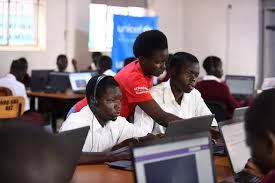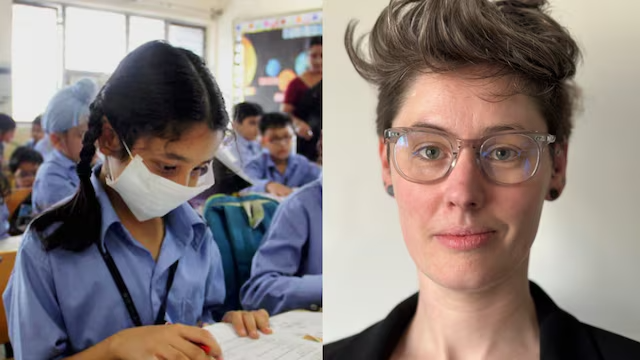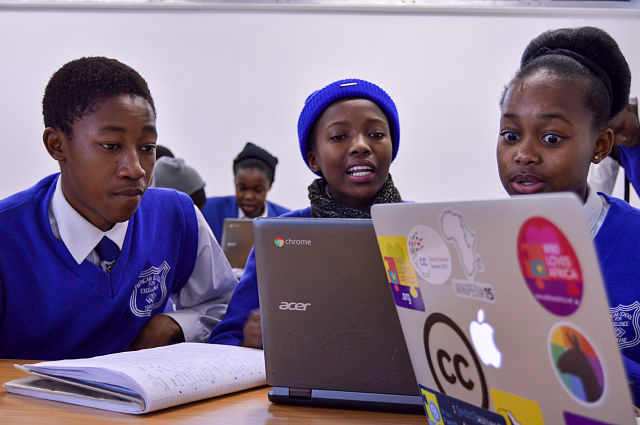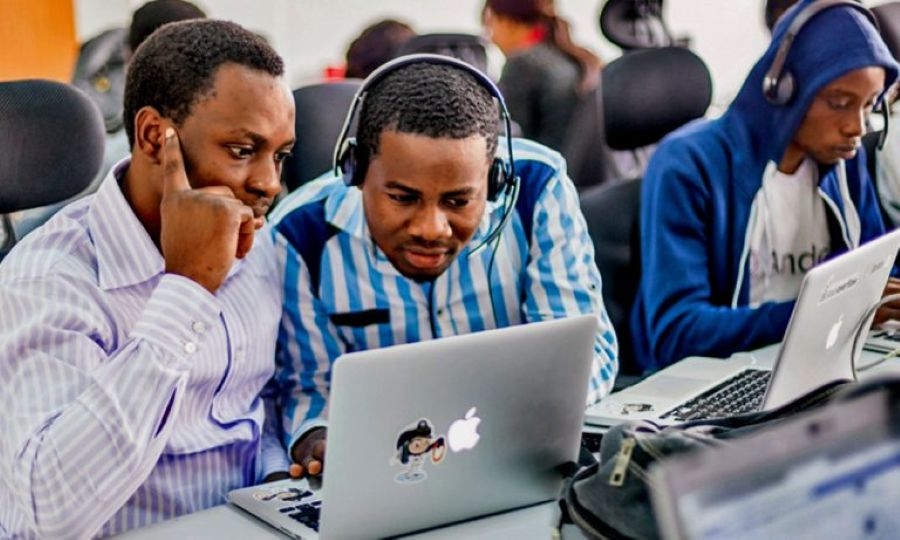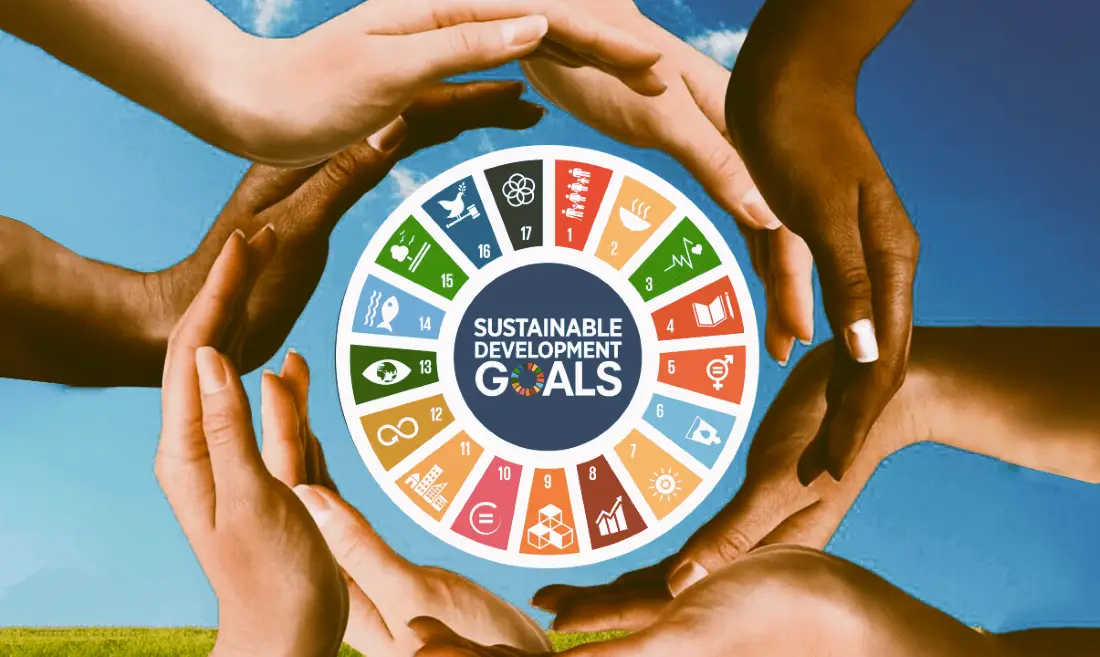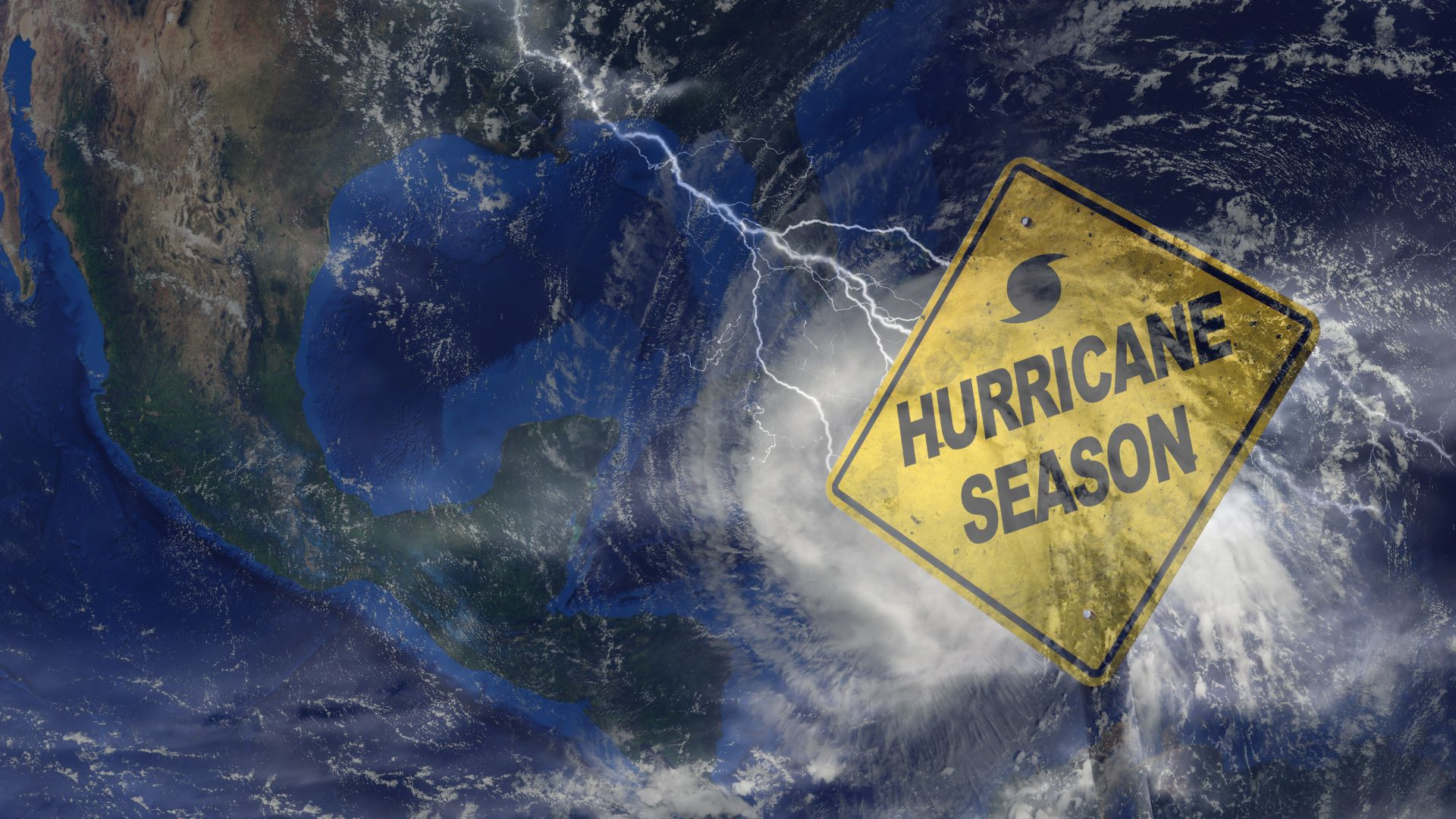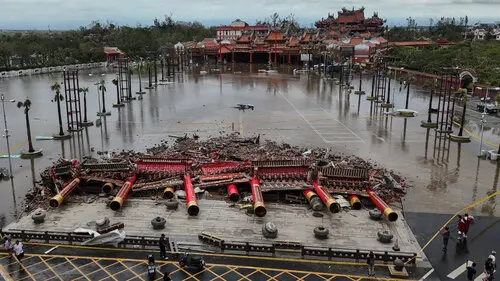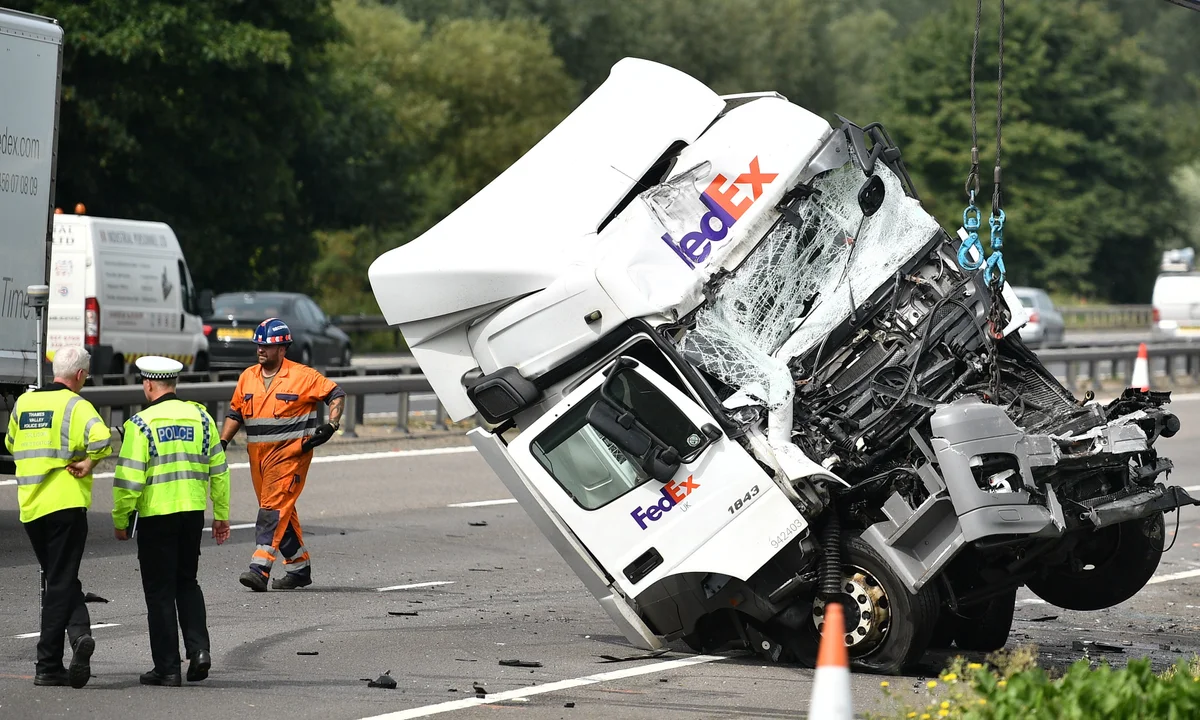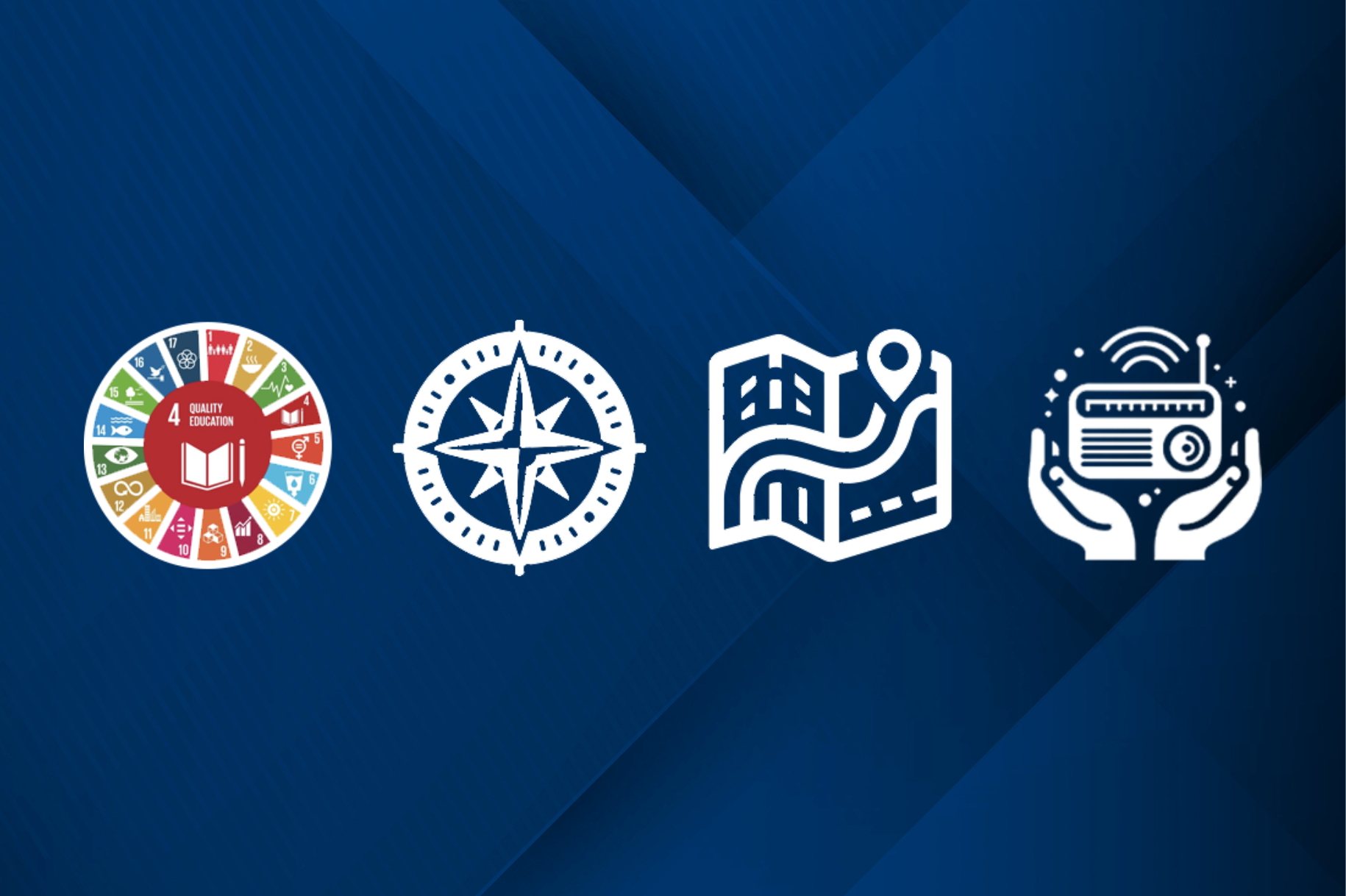
UNESCO Flags Gaps in India’s Progress Toward SDG 4, Urges Urgent Reforms in Education Equity and Quality
In a recently published global education report, UNESCO has raised serious concerns about India’s slow and uneven progress toward achieving Sustainable Development Goal 4 (SDG‑4) which aims to ensure inclusive and equitable quality education for all by 2030. The findings, presented as part of UNESCO’s 2025 Global Education Monitoring (GEM) Report, point to persistent disparities in learning outcomes, regional imbalances, and critical gaps in teacher training and digital access across the country.
Despite significant strides in expanding school enrolment and literacy over the past two decades, UNESCO notes that India still faces deep structural challenges that threaten its ability to meet the targets set under SDG‑4. The report singles out issues such as gender disparity in secondary education, high dropout rates among marginalized communities, and urban rural divides in learning quality as major roadblocks.
“India’s education system is at a turning point,” said Manos Antoninis, Director of the GEM Report. “While the commitment is visible, the delivery mechanisms are uneven, and the data shows clear signs that many learners especially girls, tribal populations, and children with disabilities are being left behind.”
Key Findings from the Report
Learning Poverty Remains High Nearly 53% of children aged 10 in India cannot read and understand a simple text, placing the country behind several regional peers in foundational literacy and numeracy.
Teacher Shortages and Quality Gaps Rural and remote districts continue to experience severe shortages of trained teachers, particularly in science and mathematics. Many teachers lack access to continuous professional development.
Digital Divide Exacerbated by COVID 19 Although India made rapid advances in edtech during the pandemic, the report highlights that only 24% of rural households have access to internet based learning tools, deepening educational inequalities.
Out of School Rates for Adolescents While primary school enrolment nears universal coverage, dropout rates rise sharply at the secondary level, especially among girls, Dalits, Adivasis, and economically disadvantaged groups.
Insufficient Financing Public expenditure on education remains at approximately 3.1% of GDP, well below the international benchmark of 6%, hampering the ability to invest in infrastructure, innovation, and inclusivity.
Call for Policy Rethink and Implementation Focus
UNESCO’s report does acknowledge recent policy initiatives such as India’s National Education Policy (NEP) 2020, which promises transformational reforms, including universalizing early childhood education, multilingual instruction, competency based learning, and holistic teacher development. However, the organization warns that the gap between policy intent and ground level implementation remains wide.
“There’s ambition, but also a critical need for better monitoring, localized solutions, and equitable funding,” said Dr. Rukmini Banerji, CEO of Pratham and a long time advocate for foundational learning. “The national narrative has to focus not just on access to schooling, but on what children are actually learning once they’re in school.”
UNESCO has urged the Indian government to prioritize five areas
Boost foundational learning in early grades through targeted literacy and numeracy programs.
Strengthen teacher training pipelines, especially in underserved states.
Expand inclusive education for children with disabilities, migrants, and linguistic minorities.
Increase public investment in education, particularly in digital infrastructure and rural schools.
Establish robust learning assessment frameworks to track progress with disaggregated data.
National Response and the Road Ahead
India’s Ministry of Education has responded to the report, noting that significant progress is underway, including the rollout of NIPUN Bharat (for foundational literacy), the expansion of PM SHRI Schools, and efforts to digitize curricula under DIKSHA and eVidya platforms. A spokesperson emphasized that “India remains fully committed to achieving the SDG‑4 targets with localized innovation and scalable models.”
Yet, education experts warn that the window for course correction is narrowing. With just five years left until the 2030 deadline, UNESCO’s message is clear incremental progress will not be enough.
As India continues to scale up its educational reforms, the coming years will be critical in determining if the world’s most populous nation can ensure that every child not only attends school but truly learns and thrives regardless of gender, geography, or background.
Related Post
Popular News
Subscribe To Our Newsletter
No spam, notifications only about new products, updates.

